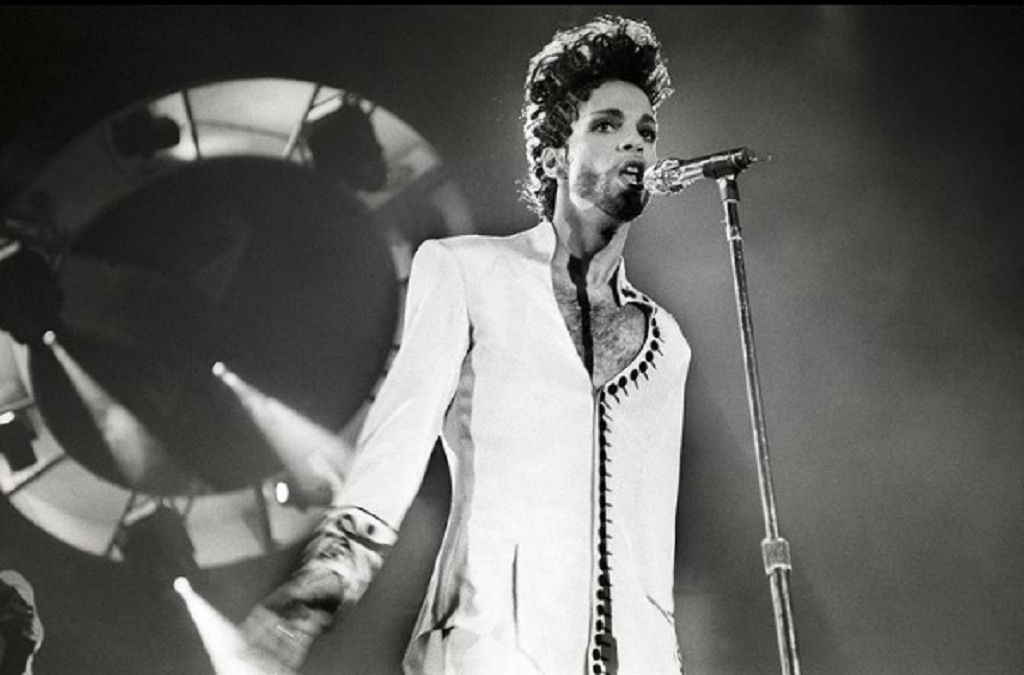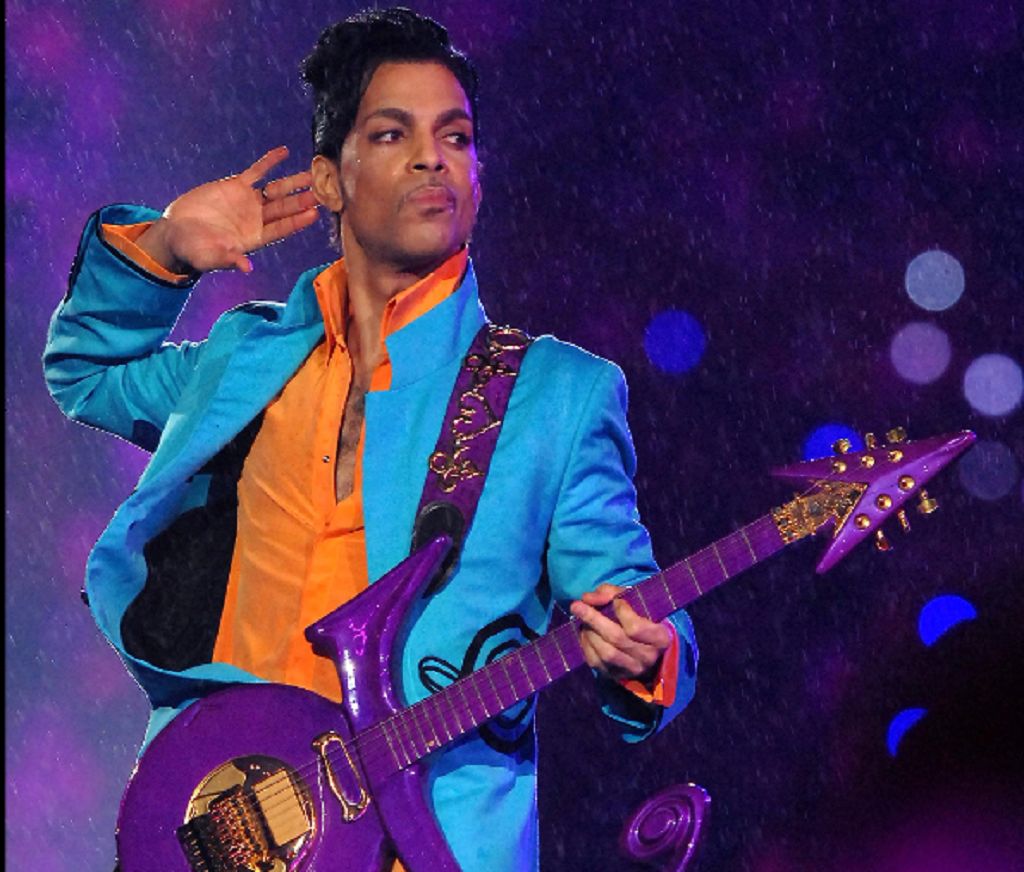Fans have speculated about Prince Rogers Nelson DID (Dissociative Identity Disorder) as they analyzed his artistic transformations and enigmatic persona throughout his career.
Prince, the enigmatic and extraordinary American musician, captivated audiences with his dazzling style and unmatched talent.
With a voice that spanned incredible ranges and a mastery of multiple instruments, he forged his path in music, birthing the distinctive Minneapolis sound.
Prince’s music blended funk, R&B, rock, and new wave, defying genres and expectations, pushing boundaries and creating a sonic experience like no other.
From the early magic of “Purple Rain” to the profound artistry of “Sign o’ the Times,” Prince’s creative genius resonated deeply with fans and critics alike, etching an everlasting imprint on the fabric of the music industry.
Also Read: Hanna Mall Wikipedia And Age: Who Is Her Boyfriend?
Prince Rogers Nelson DID: Did The Musician Have Dissociative Identity Disorder?
There is no documented evidence or credible information to suggest that Prince Rogers Nelson, the musician, had Dissociative Identity Disorder (DID).
Dissociative Identity Disorder, formerly Multiple Personality Disorder, is a complex mental health condition characterized by two or more distinct identities or personality states.
It involves significant disruptions in memory, perception, and identity. While Prince was known for his enigmatic and sometimes eccentric persona, there is no indication that he experienced the symptoms associated with DID.

He was a highly creative and multifaceted artist who expressed himself through his music and performances, often experimenting with different styles and personas as part of his artistic expression.
However, these creative transformations and stage personas do not necessarily indicate the presence of dissociative identity disorder.
It’s essential to rely on accurate and verified information when discussing an individual’s mental health. In the case of Prince, there is no credible information to support the claim that he had Dissociative Identity Disorder.
Prince Rogers Nelson Legal issues: What Happened?
Prince found himself entangled in various legal and copyright issues throughout his career.
In the early 1990s, a legal battle erupted between Prince and Warner Bros. Records over the control of his musical output.
Renowned for his defiance of contractual obligations, Prince made a bold statement by adopting an unpronounceable symbol as his name and even marked his cheek with the word “slave,” signifying his liberation from artistic constraints.
This act expressed his frustration and the belief that his name had become the property of the record company. Prince also utilized pseudonyms to distance himself from specific musical works.
Under names like Jamie Starr and The Starr Company, he wrote and produced songs for other artists, such as The Time.
Other pseudonyms included Joey Coco and Alexander Nevermind, which he used for unreleased tracks and compositions for artists like Sheena Easton and the Bangles.
Copyright issues were a recurring theme in Prince’s career. He filed lawsuits against YouTube and eBay for hosting his copyrighted material without permission.

Prince was also involved in a case where Universal Music Publishing Group took down a fan’s home movie featuring a faint background playing his song on copyright grounds.
Prince fans formed a group called “Prince Fans United” to combat what they perceived as Prince’s attempts to restrict the use of his likeness and suppress critical comments about him.
Prince’s copyright controversies extended to his performances as well.
He requested the removal of fan-captured videos of his cover of Radiohead’s “Creep” at the Coachella Festival, despite Radiohead’s desire to keep the footage available.
In 2014, Prince filed a lawsuit against online users for copyright infringement after they shared links to bootlegged versions of his concerts on social media.
These legal and copyright issues underscored Prince’s desire to protect his artistic control and financial interests.
He was known for his uncompromising stance and reluctance to allow parodies of his music, as evidenced by his refusal to grant “Weird Al” Yankovic permission to parody his songs.
Prince Rogers Nelson Legacy Explored
Prince, an extraordinary artist, impact on popular music undeniably earned him high praise and recognition from critics and fellow artists.
Known for his genre-bending style and fearless experimentation, Prince defied categorization and pushed boundaries with his music.
His albums, such as “Purple Rain,” “Sign o’ the Times,” and “1999,” are revered as timeless classics and have earned their place on numerous “greatest albums” lists.
Similarly, his iconic songs like “When Doves Cry,” “Little Red Corvette,” and “Kiss” have been hailed as masterpieces.
Prince’s ability to seamlessly blend funk, rock, R&B, and pop into a cohesive whole set him apart as a true musical genius.

Prince’s artistry extended beyond his music. He mesmerized audiences with his electrifying stage presence, flamboyant fashion sense, and androgynous persona.
He challenged societal norms, defying racial stereotypes and embracing fluid expressions of gender and sexuality. Prince’s impact on fashion and style is still felt today.
His legacy as a pioneer and innovator continues to shape the music industry. In recognition of his enduring legacy, a new shade of purple, called Love Symbol #2, was introduced by Pantone Inc. as a tribute to Prince.
It serves as a reminder of his indelible mark on music and popular culture. Prince’s artistry and legacy are unparalleled, leaving an indelible impact on music and beyond.
You May Also Like: Jane Sibbett Bio, Career, Friends, Net Worth & Husband

